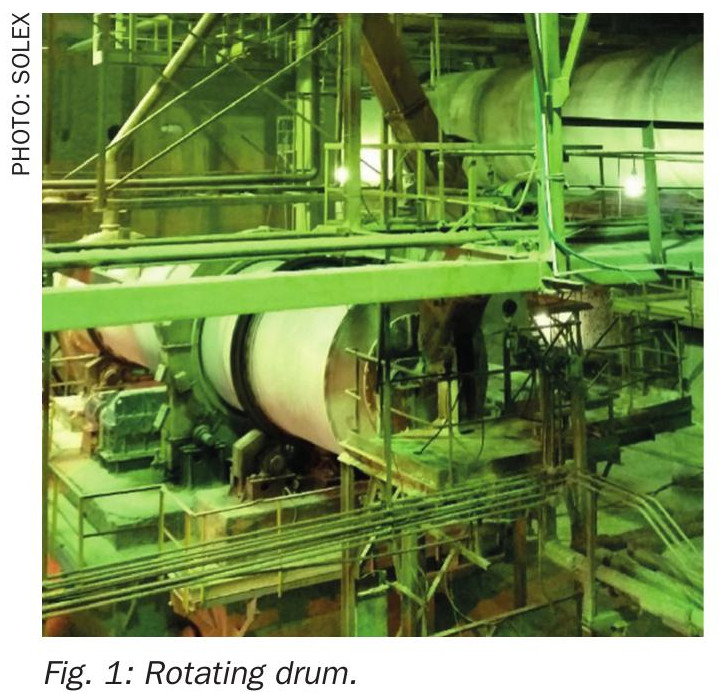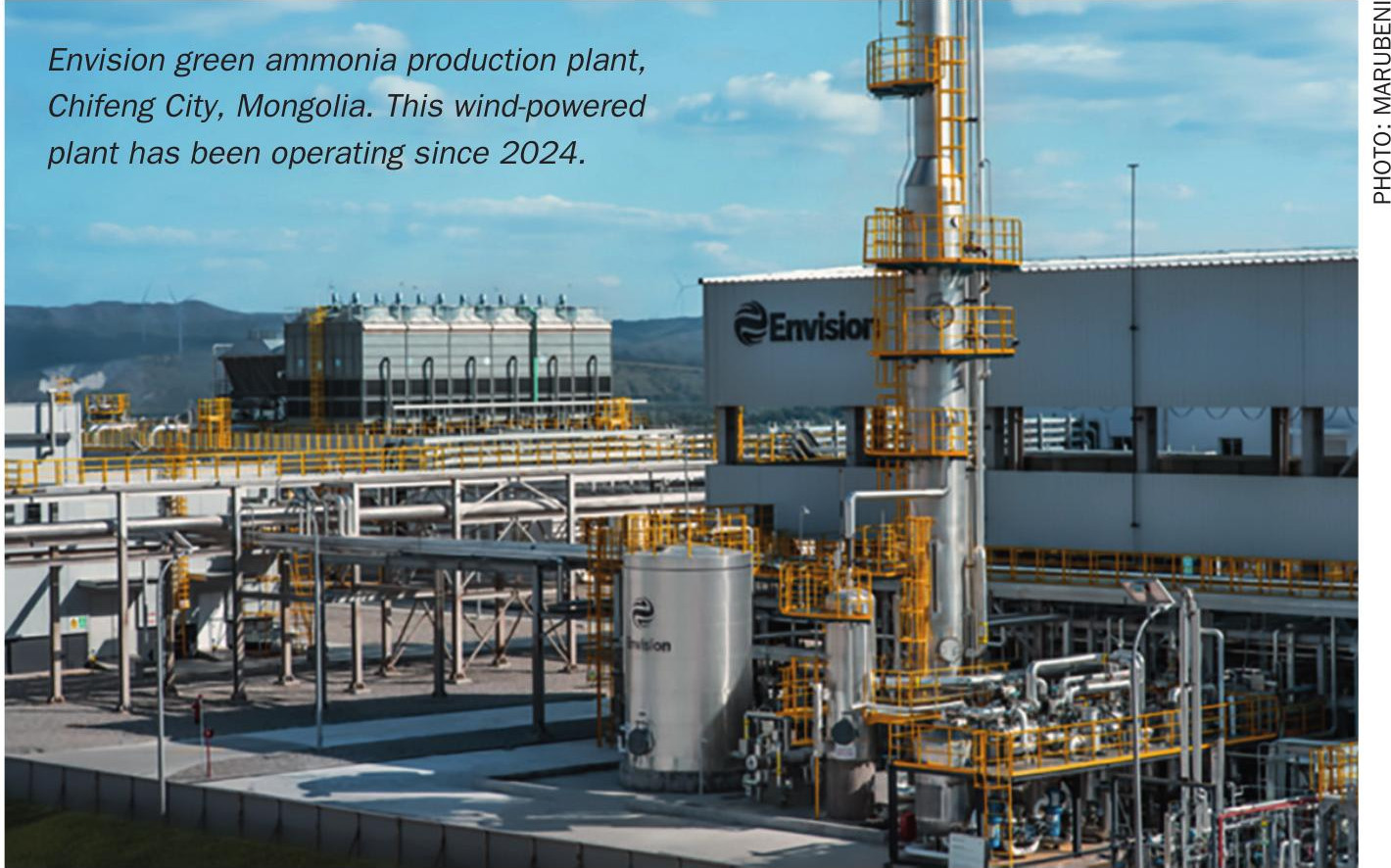Nitrogen+Syngas 397 Sep-Oct 2025

15 September 2025
Green ammonia plan for Scotland
Norwegian state-owned power group Statkraft says that it is moving ahead with plans for a 400 MW green hydrogen and ammonia production facility in the Shetland Islands, after securing a land lease near the disused Scatsta Airport. Known as the Shetland Hydrogen Project 2, the facility will use electrolytic hydrogen to produce green ammonia for a range of industrial applications, including use as a sustainable marine fuel and to help decarbonise fertiliser production.
Strategically located near the Sullom Voe oil terminal and the Shetland Gas Plant, the site will enable the conversion of excess renewable electricity into hydrogen during periods of grid constraint. Statkraft currently has three wind parks in pre-construction on Shetland, namely Mossy Hill near Lerwick, and Energy Isles and Beaw Field on the island of Yell. These projects are expected to play a key role in supplying renewable power to the hydrogen facility.
Scotland, which launched its Hydrogen Action Plan in 2022, aims to develop 5 GW of low-carbon hydrogen capacity by 2030 and 25 GW by 2045. In December 2024, the Scottish Government unveiled a hydrogen production and export strategy, targeting up to 3.3 million t/a of green hydrogen by 2045.






